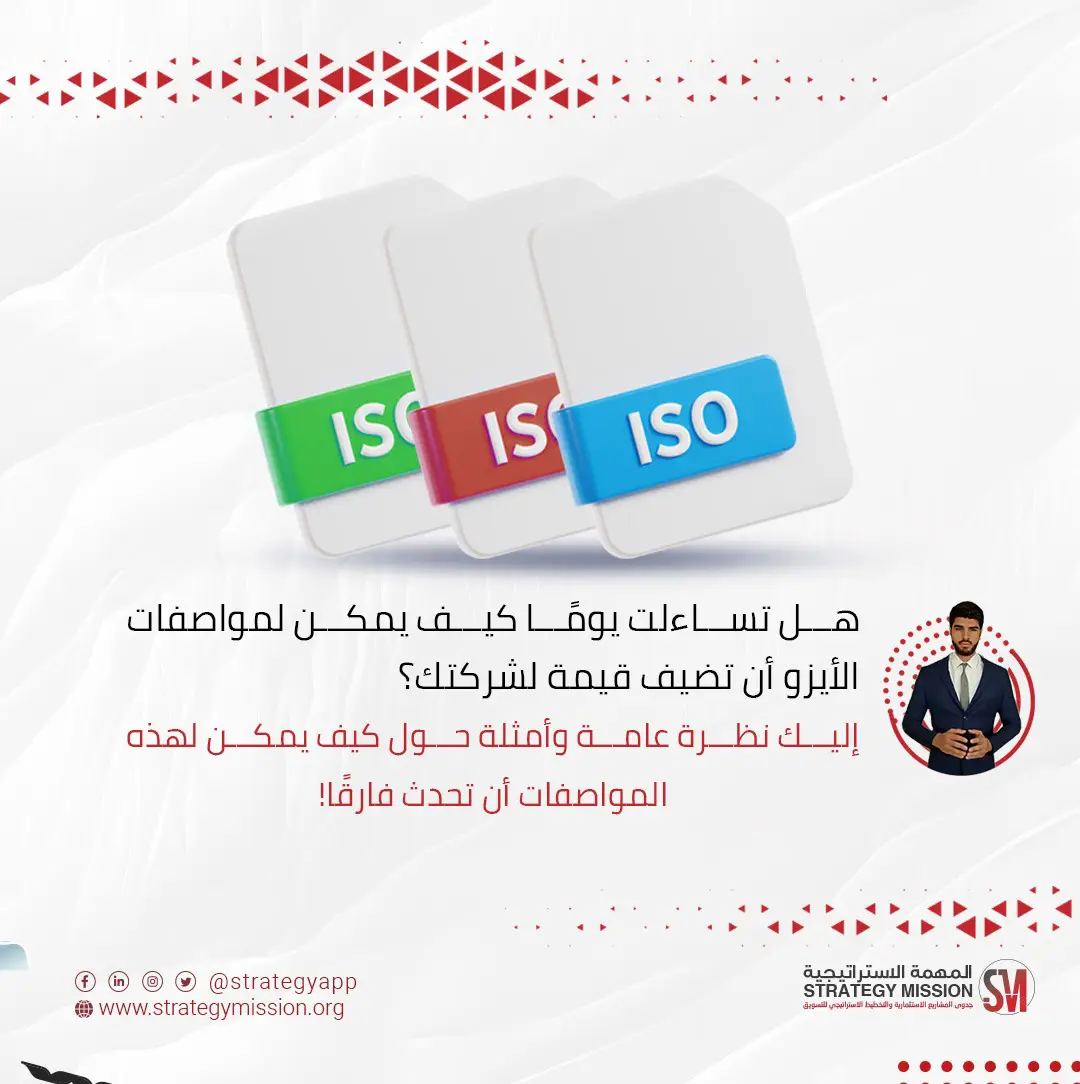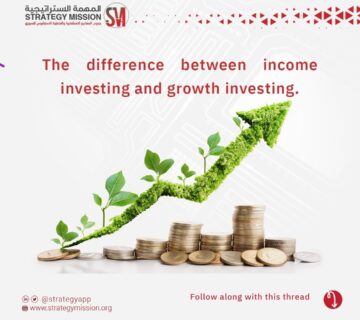Have you ever wondered how #ISO specifications can add value to your company or organization? Here’s an overview and examples of how these specifications can make a difference! We will discuss a range of the most important and sought-after specifications by various companies and businesses.
ISO 9001 Quality Management System :
ISO 9001 standards are a cornerstone of quality management systems.
This specification focuses on establishing a system that ensures continuous improvement and customer satisfaction.
– Primary Benefit: Satisfying the customer by meeting their needs and expectations.
– Process Improvement: By accurately identifying customer requirements, a company can continuously improve its processes to ensure product or service quality.
– Example: A manufacturing company implemented ISO 9001 to reduce the rate of defective products. Through data analysis, they discovered that the issue was in a specific stage of production. Thanks to this analysis, they applied targeted improvements to that stage, leading to reduced waste and increased productivity.
Quality Management System for Medical Devices ISO 13485 :
This specification provides a framework for ensuring the quality of medical devices.
– Primary Benefit: Ensuring the safety and effectiveness of medical devices.
– Risk Management: Focusing on patient safety, this specification emphasizes identifying and managing risks associated with medical devices.
– Example: A company manufacturing or supplying medical devices implemented ISO 13485 to improve the quality of a specific device. Thanks to the guidelines, the company identified weaknesses in the device’s design and made appropriate improvements.
Environmental Management System ISO 14001 :
This specification focuses on the environmental impact of a company’s activities.
– Primary Benefit: Reducing the environmental impact of the company and improving its environmental efficiency.
– Sustainability Improvement: By assessing the environmental impact of activities and developing strategies to reduce it.
– Example: A food manufacturing plant implemented ISO 14001 and discovered that their water consumption was significantly higher than necessary. By implementing measures to reduce water consumption, they managed to lower costs and reduce their environmental impacts
Occupational Health and Safety Management System ISO 45001 :
This specification focuses on reducing workplace risks and protecting workers.
– Primary Benefit: Providing a safe and healthy work environment.
– Injury Prevention: By identifying potential hazards and establishing preventive measures.
– Example: A construction company implemented ISO 45001 to improve workplace safety. Through continuous training and clear signage on-site, they significantly reduced workplace accidents.
Food Safety Management System ISO 22000 :
This specification aims to ensure food safety throughout the entire production chain.
– Primary Benefit: Ensuring the delivery of safe food products.
– Critical Analysis: Using the HACCP system to assess risks and establish critical control points.
– Example: A beverage production plant implemented ISO 22000 and identified weaknesses in their sterilization process. By applying specific measures, they were able to reduce the likelihood of bacterial contamination.
Business Continuity Management System ISO 22301 :
This specification focuses on ensuring business continuity during crises and disasters.
– Primary Benefit: Preparedness and response to sudden events.
– Response Plan: Developing and testing plans to ensure business continuity.
– Example: A technology company implemented ISO 22301 and developed a crisis response plan for events such as power outages or cyber attacks. Thanks to this plan, the company was able to resume operations quickly following a cyber attack.
IT Service Management System ISO 20000 :
This standard is related to providing high-quality IT services.
– Primary Benefit: Improving the quality of IT services.
– Customer Service Management: Enhancing response times and problem-solving efficiency.
– Example: A web hosting company faced an increase in customer complaints due to delayed responses. By adopting ISO 20000, they implemented best practices for managing service requests and resolving issues.
Information Security Management System ISO 27001 :
This specification focuses on protecting information and ensuring its confidentiality and integrity.
– Primary Benefit: Protecting information from internal and external threats.
– Risk Identification: Regular reviews to assess risks and determine appropriate actions to mitigate them.
– Example: A financial company that handles sensitive customer data adopted ISO 27001. They developed strict security protocols, such as advanced encryption and multi-level authentication.
For ISO certification services for companies and organizations (not for individuals):





No comment